
Wifi-ed and waiting without dinner plans at the lobby of the Victory Hotel in Kefamenanu, a major town in inland West Timor, I struck up a conversation with a man I knew was Chinese-Malaysian by the way he spoke Bahasa with the reception. He told me he was in town to mass recruit workers for his oil palm plantations in Sarawak. “What are you doing here?” Mr Hong enquired of me in Mandarin. He said he had never before in his many visits to West Timor spanning over ten years met a person from Malaysia, especially one who was there with no specific reason or mercantile purpose.
Aside from sourcing for discounted labour, he was there also for lizards. Timorese catchers supply him with geckos when they can. These spotty arboreal reptiles with specimens up to a foot long, are sold for boiling with ginseng and herbs into a kind of Chinese witch soup. The geckos (tokek in Indonesian) are now hard to come by because much of their homes in the forests have given way to mining and agriculture.
“I don’t know what brings you here. There are no places to visit or things to do; no nice food, no KTVs or women to enjoy. Last time there were a few places that had ladies from Java but nowadays not anymore” he lamented before excusing himself to go upstairs to his room. A male middle-age outcall masseur the hotel had arranged for him had just checked-in at the front desk.
I had my reasons to be there. October is three-quarter period through the long dry season, a time of thirsty fields and half-empty stomachs in West Timor. Even so fuzzy-haired children in school uniforms and skinny villagers with Afro-Malay faces outside their thatched huts wave to our passing car with welcoming looks of cheerful stoicism in an immense landscape of bereft and desolate beauty.


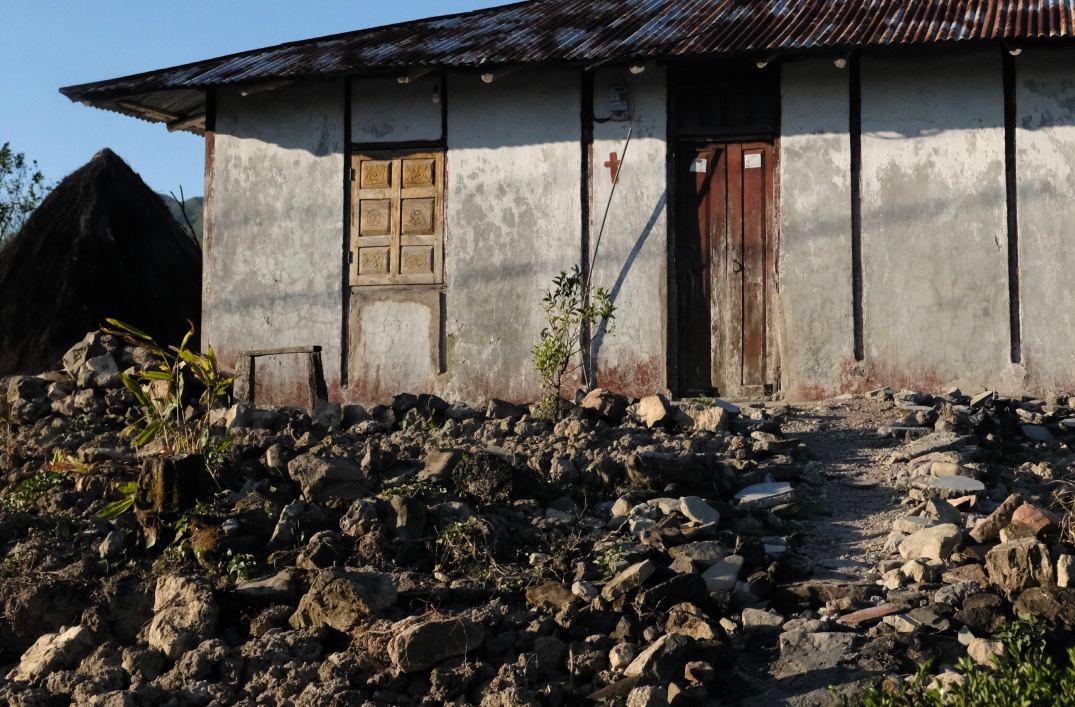

Timor is an island (almost equal to Taiwan in size) located at the far side of Indonesia, a mere 300-mile hop over a cerulean sea from Australia.
Geographically, it is the most easterly of the Lesser Sundas – a necklace of volcanic islands strung across the eight to nine degrees latitude south of the Equator which begins with Bali to the west. The Indonesians call these parts Nusa Tenggara. Of this group of isles, Timor’s history is the most interesting and complex.
Divided since the early age of the spice trade by vying European empires, the west of the island fell to the Dutch and the east to the Portuguese.
Today West Timor is a part of the Republic of Indonesia; and East Timor, after a torturous and bloody struggle, is now the independent nation of Timor Leste.

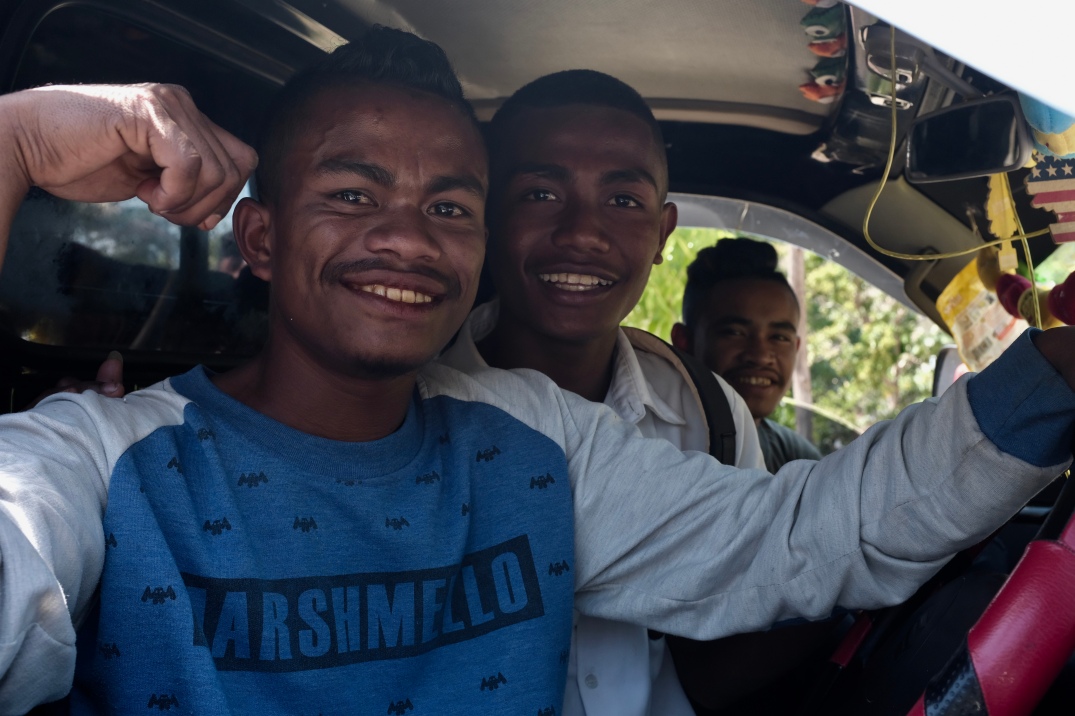


The fate and fortune of Timor has been inextricably linked to the aromatic sandalwood tree (Santalum album). In the 14th century Chinese merchants, followed by Arab traders, were lured to Timor by this fragrant and precious commodity.
Not long after Vasco da Gama discovered the sea passage to India by rounding the bottom of Africa, the Portuguese raced to conquer Malacca, expanded to the Moluccas and set up base on the coasts of the Oecusse-Ambeno Kingdom (now the autonomous Timor Leste enclave of Oecusse) making themselves the dominant player in the export of this rare wood, later to be supplanted by the Dutch.
Despite the depletion of its forests by the heedless harvesting of sandalwood and territorial bisection of the island for commerce and Christian conversion, the interior of Timor was not so long ago still a place of petty kings, tribal warriors and betel nut chewing headhunters practising their traditional lifestyles and beliefs .
A British handbook prepared and printed in 1920 by His Majesty’s Foreign Office provided readers living in the early age of motorcars and cameras with a Marco Polo-like description of then Dutch (West) Timor:
“The future of the colony depends entirely upon the successful pacification of the native tribes or ‘kingdoms’. Of these there are about forty, usually in a state of enmity with each other. There are certain number of nominal Christians among the natives, but the bulk of both the Timorese, in the south-west of the island, and the Belonese, in the centre, are pagans, and most of them are dangerous and vindictive savages. The most troublesome people on the island are the black Christians, descendants of Portuguese half-breeds: they are proud, treacherous and cruel. The mountainous interior is not likely to be law-abiding for many years to come. The native hate strangers, and mostly live in small hill kampongs of a dozen huts.
The numerous Rajahs are constantly fighting amongst themselves, and, although most of them are pledged not to buy or sell slaves and to refrain from torturing and mutilating their subjects, such pledges are in most cases unfulfilled. These Rajahs are nearly all blood-thirsty tyrants. Even the tractable Rajah of Kupang claims to be closely related to the crocodiles in Kupang Bay, and till a few years ago virgins used to be flung to them, so that the family ties might be maintained”.

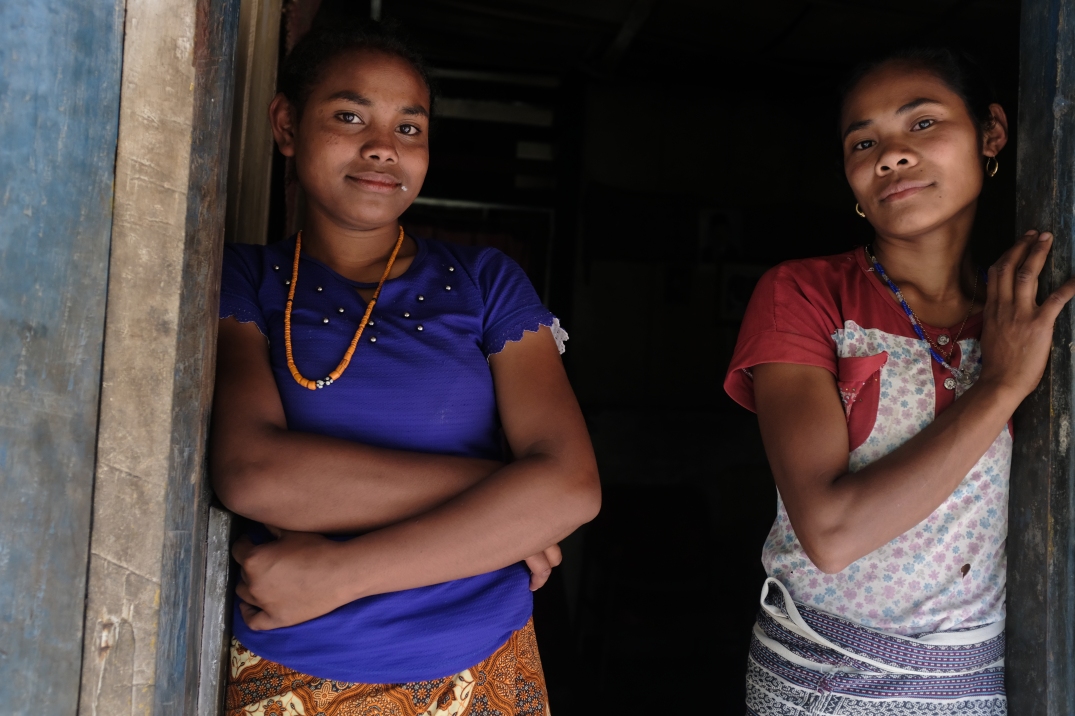




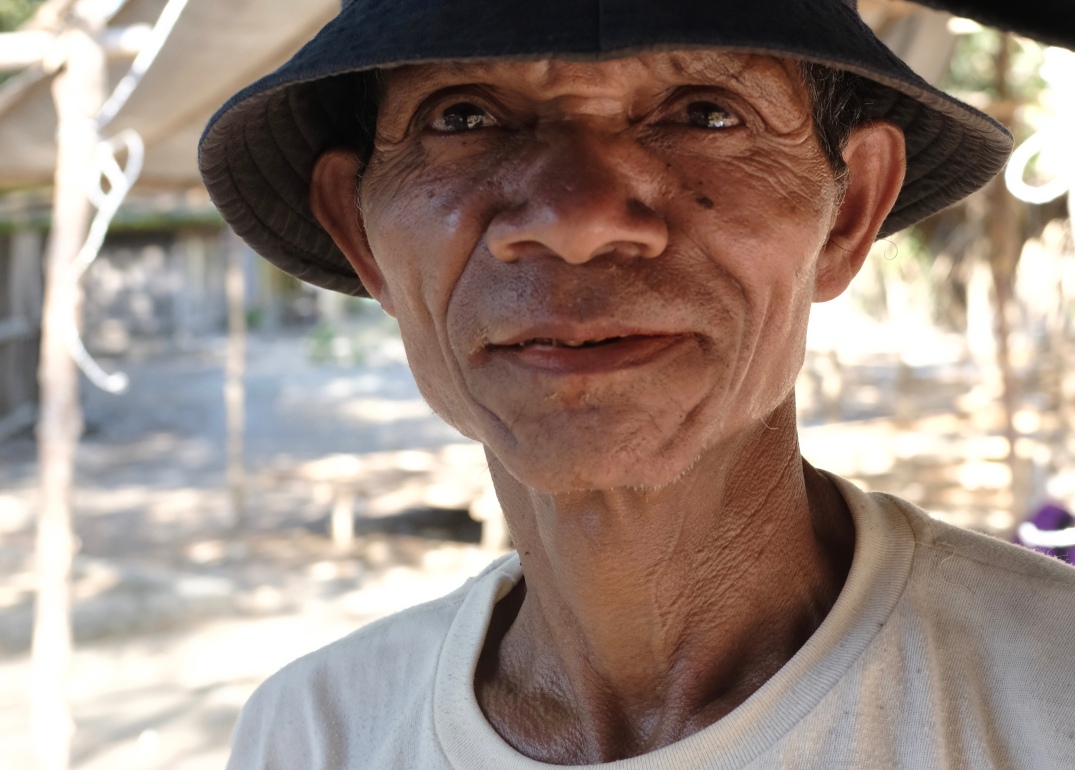





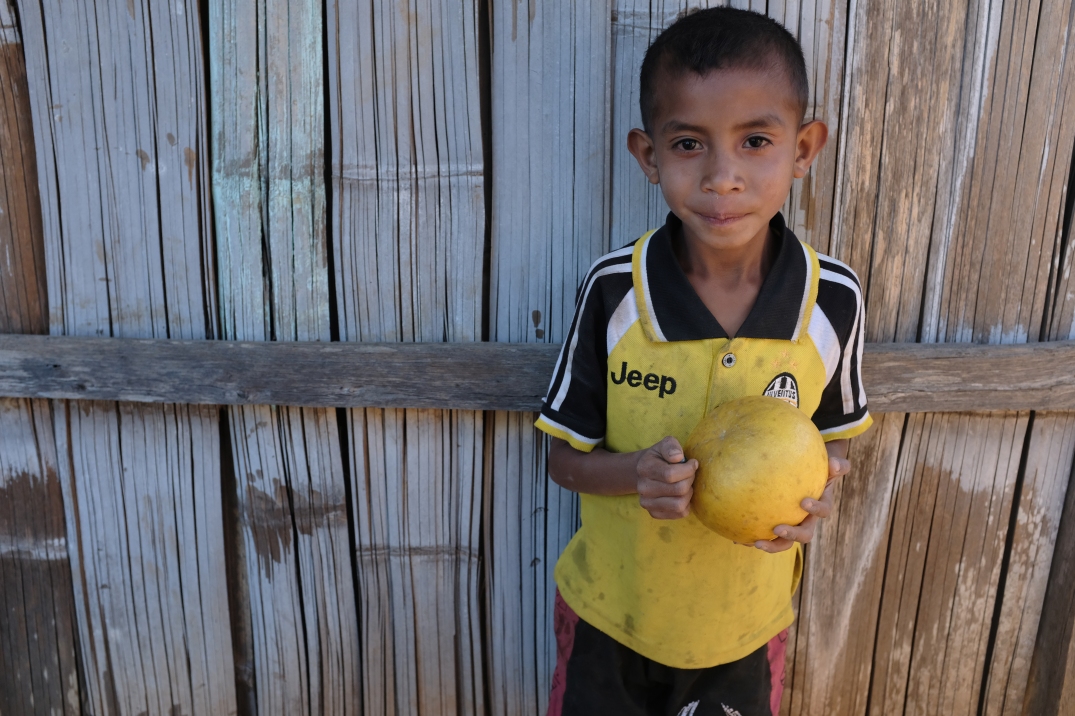


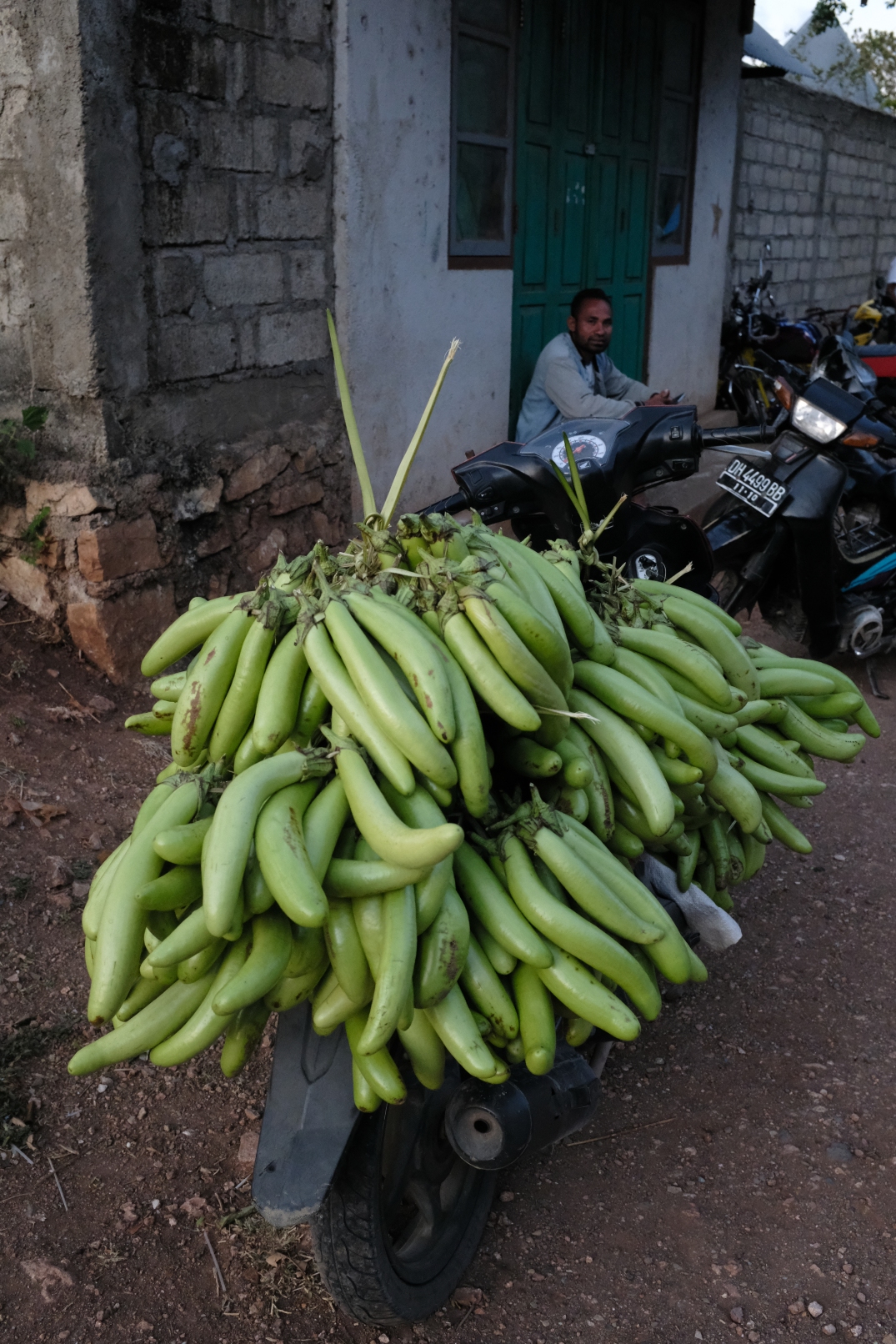





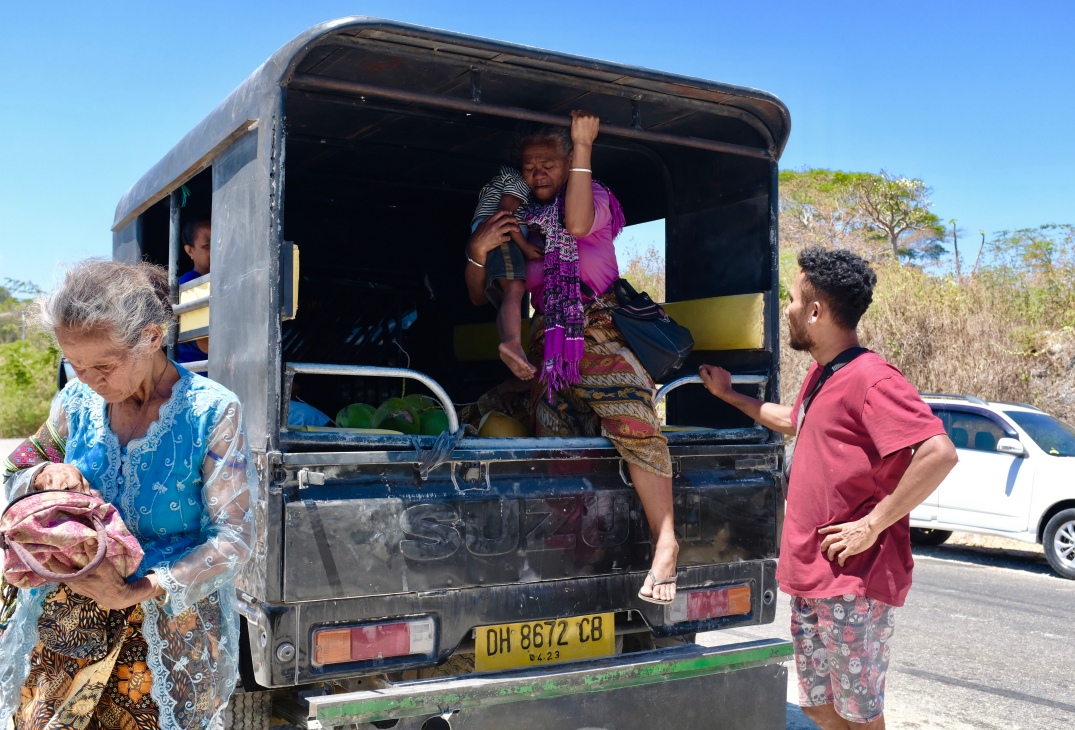
















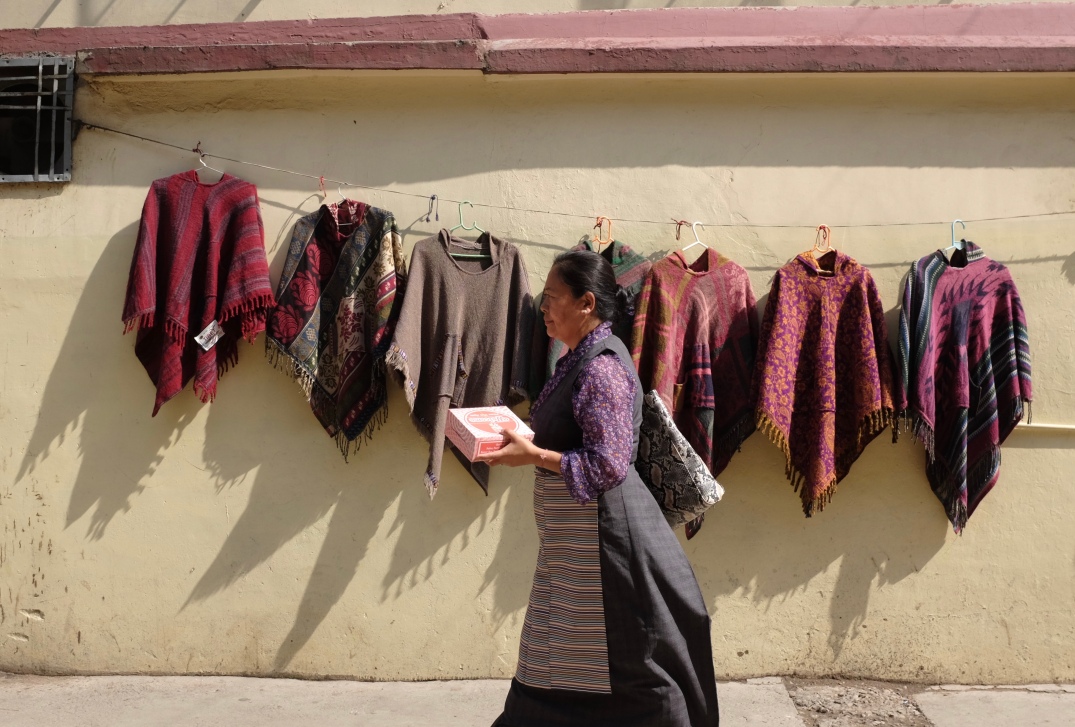






















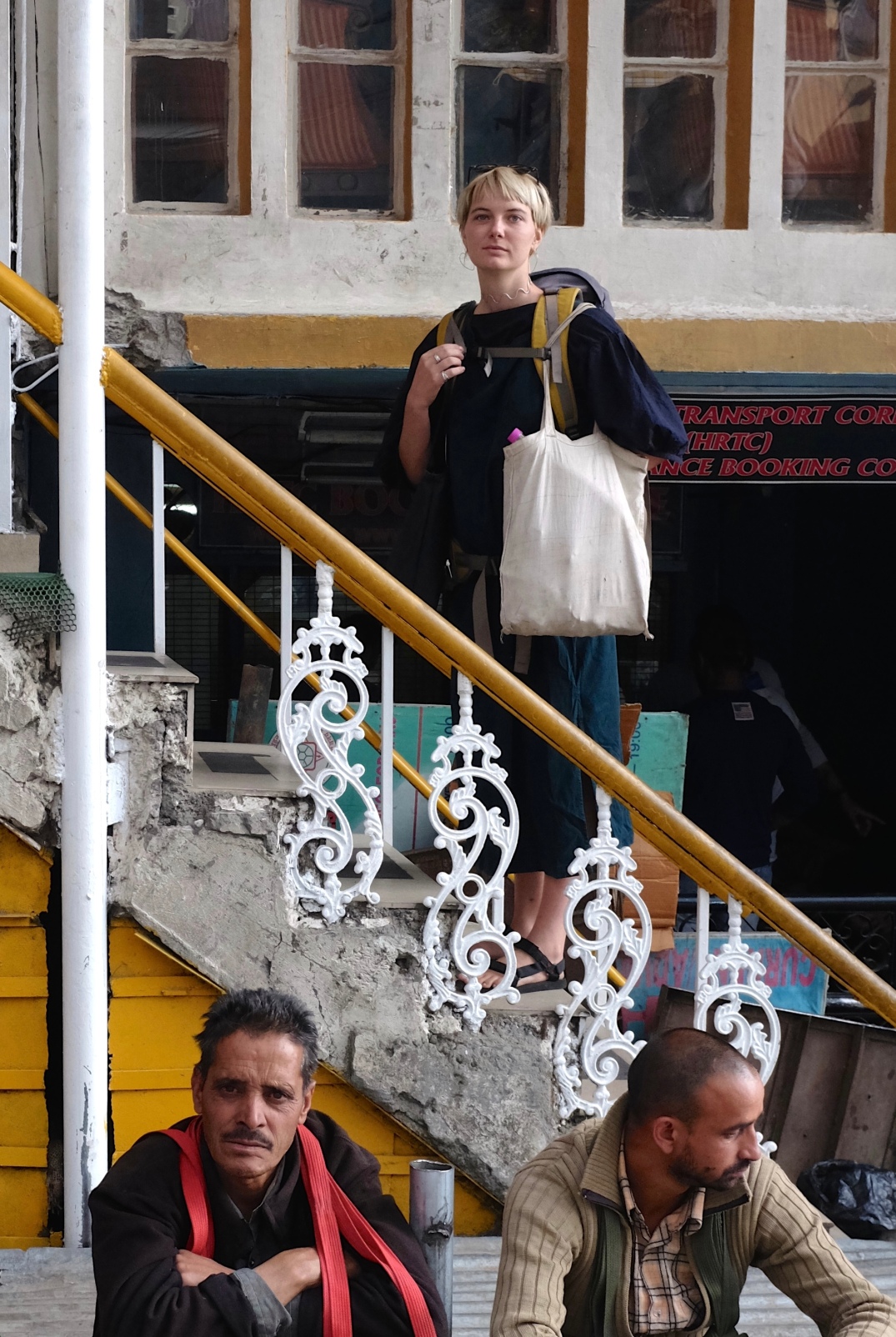










































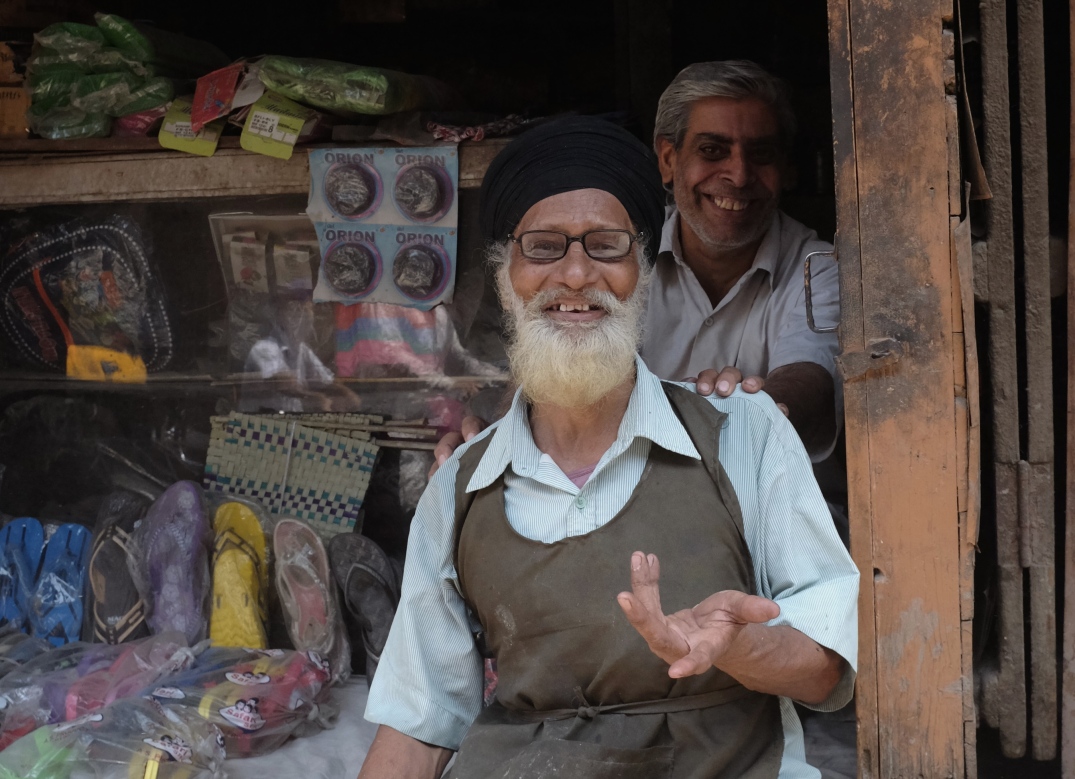







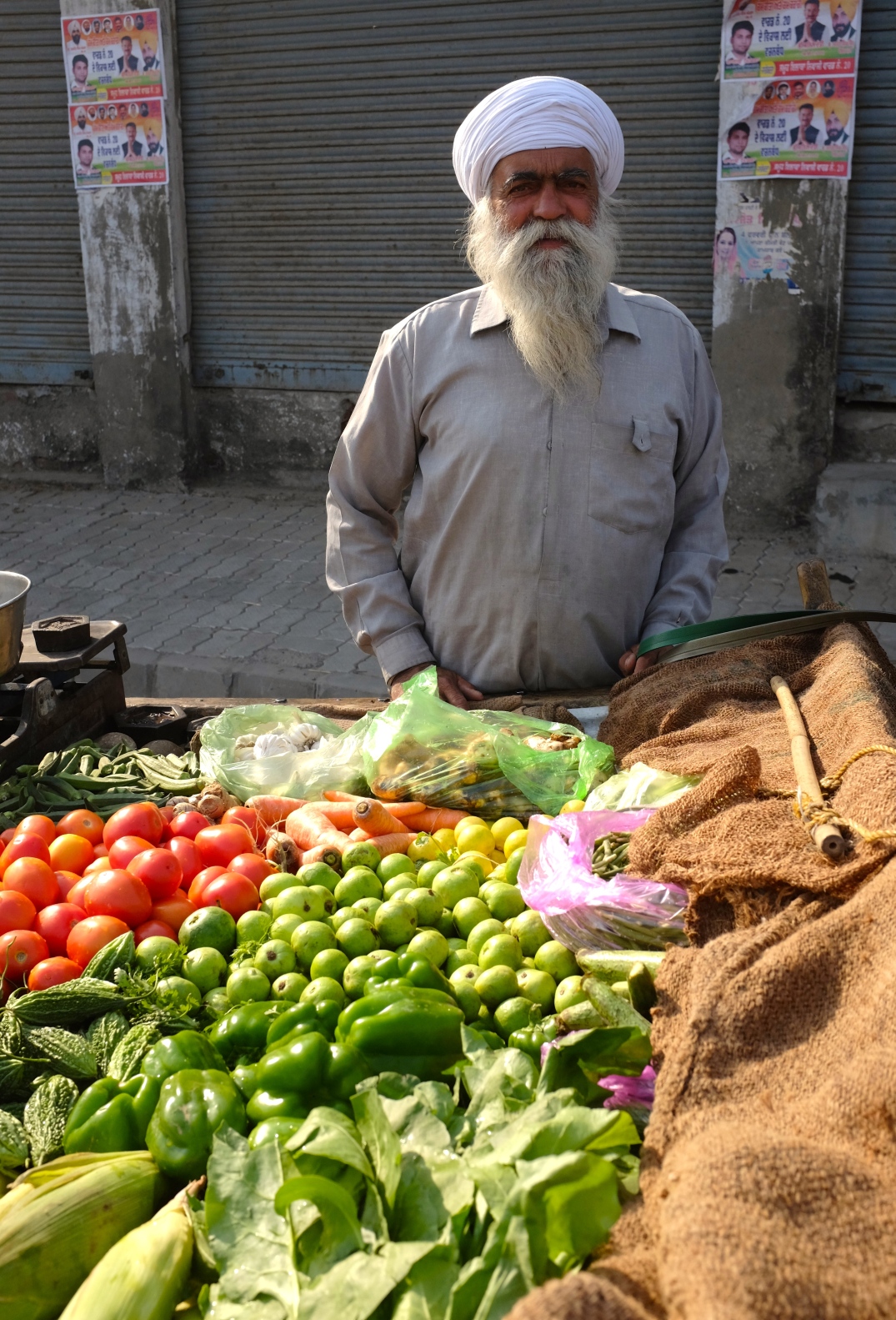




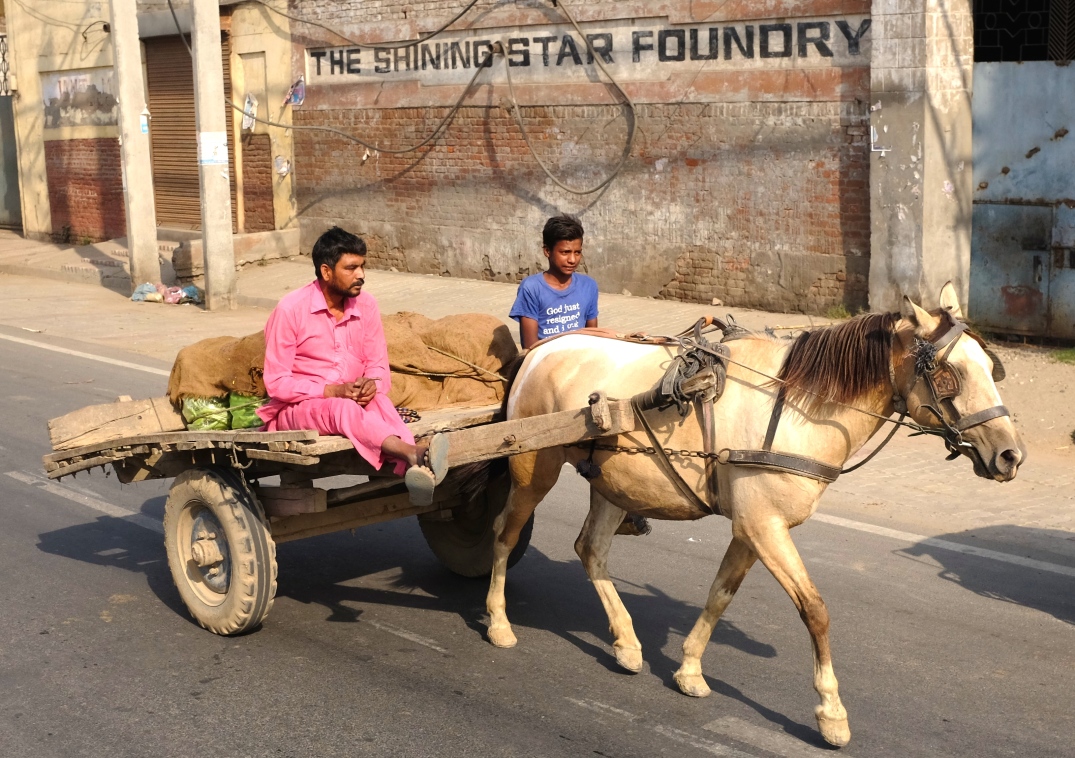


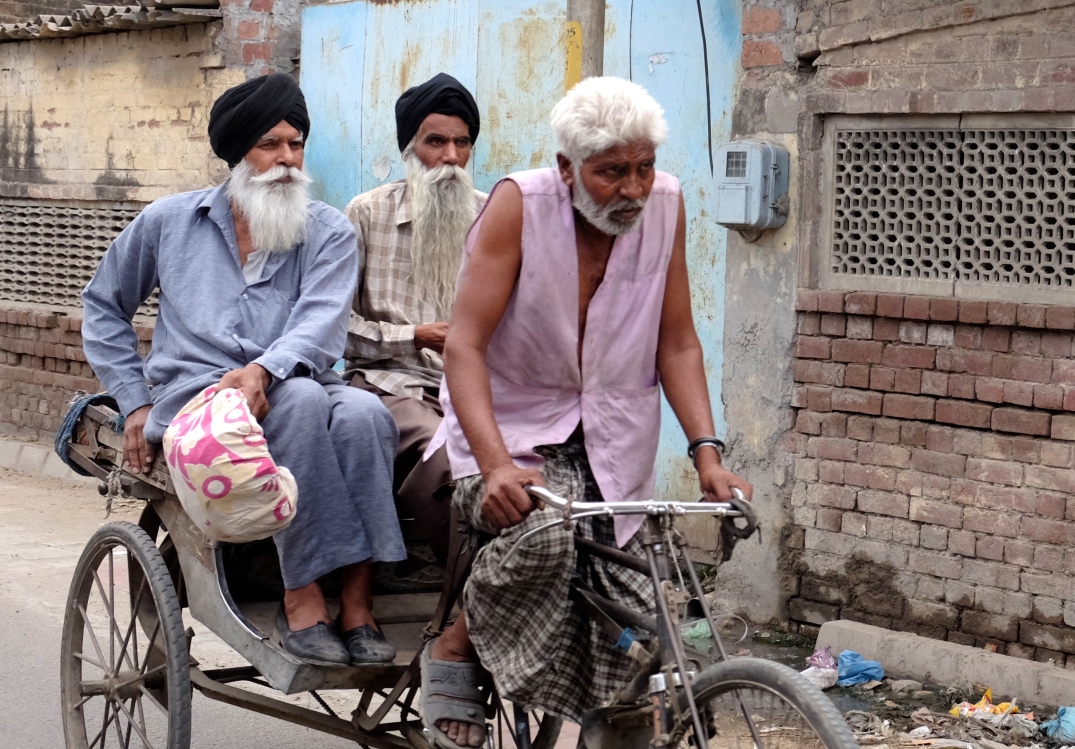


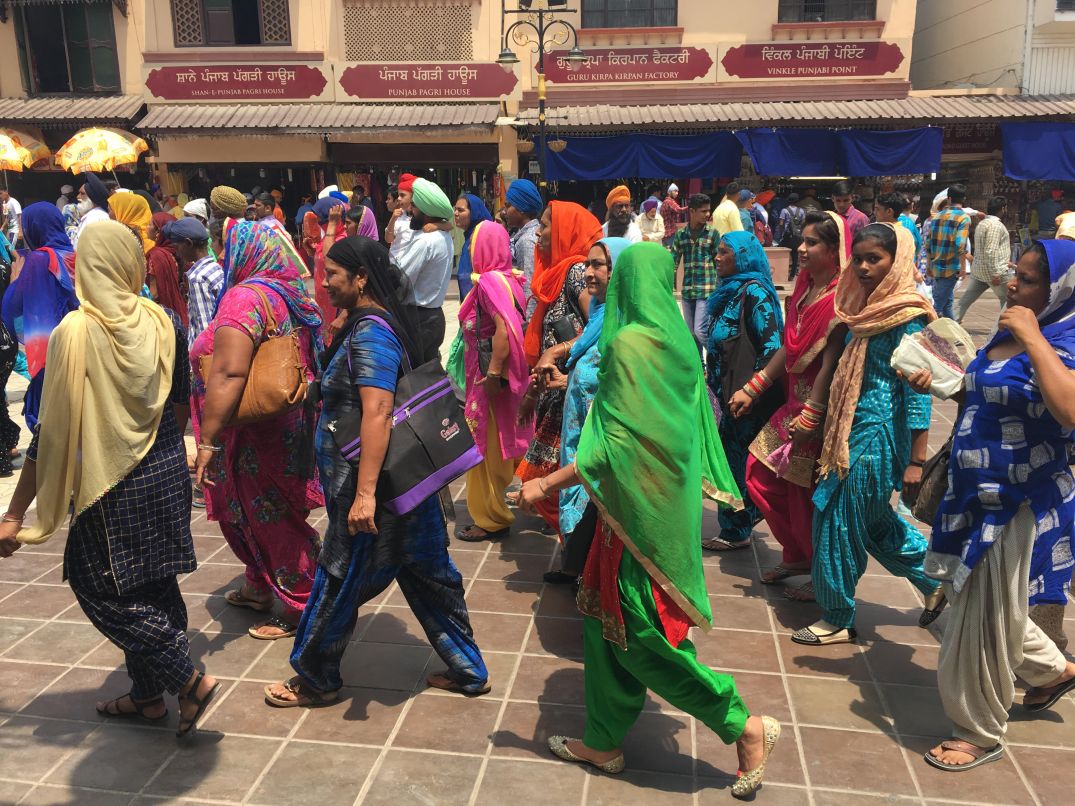


























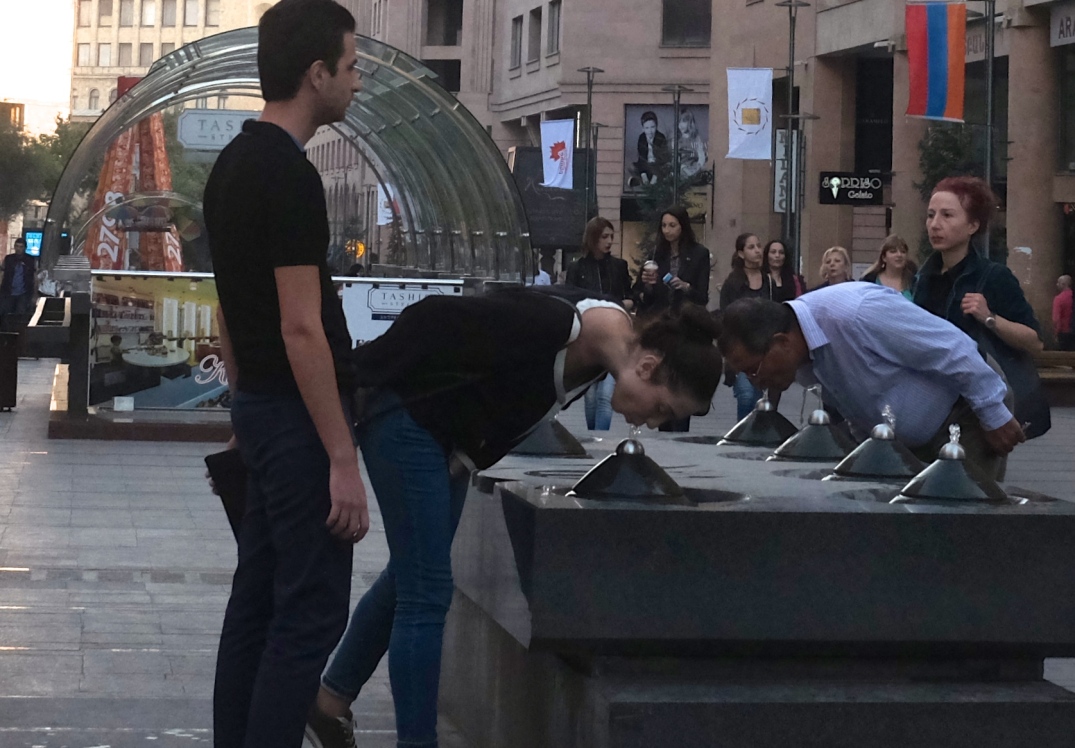























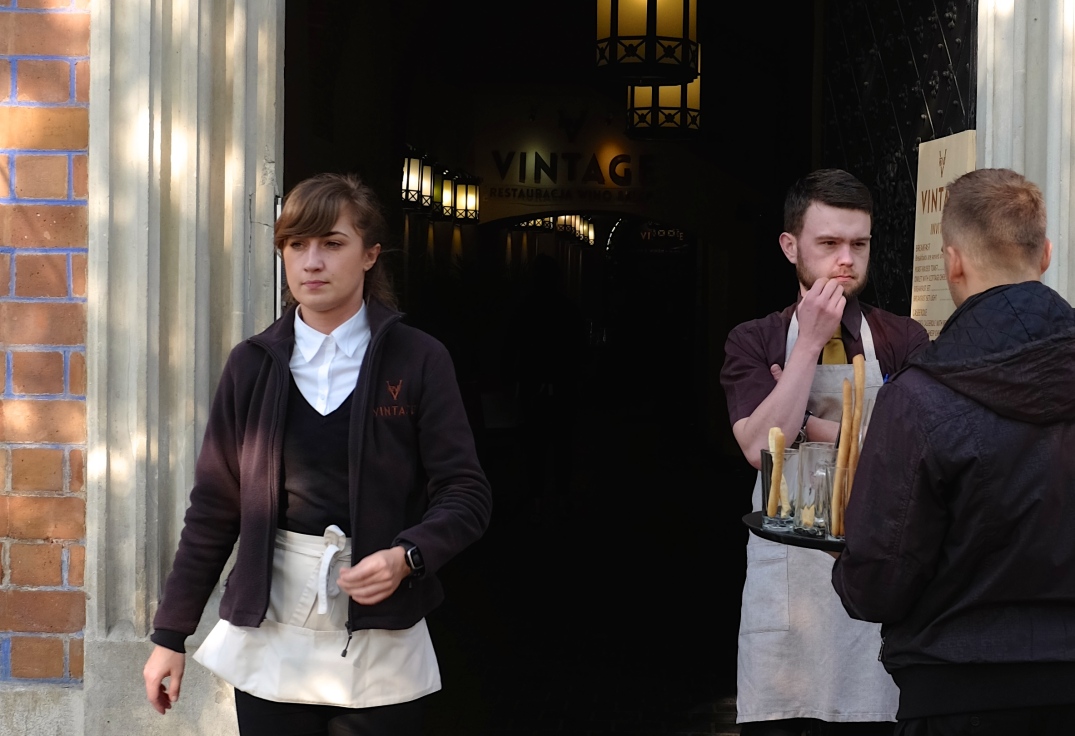



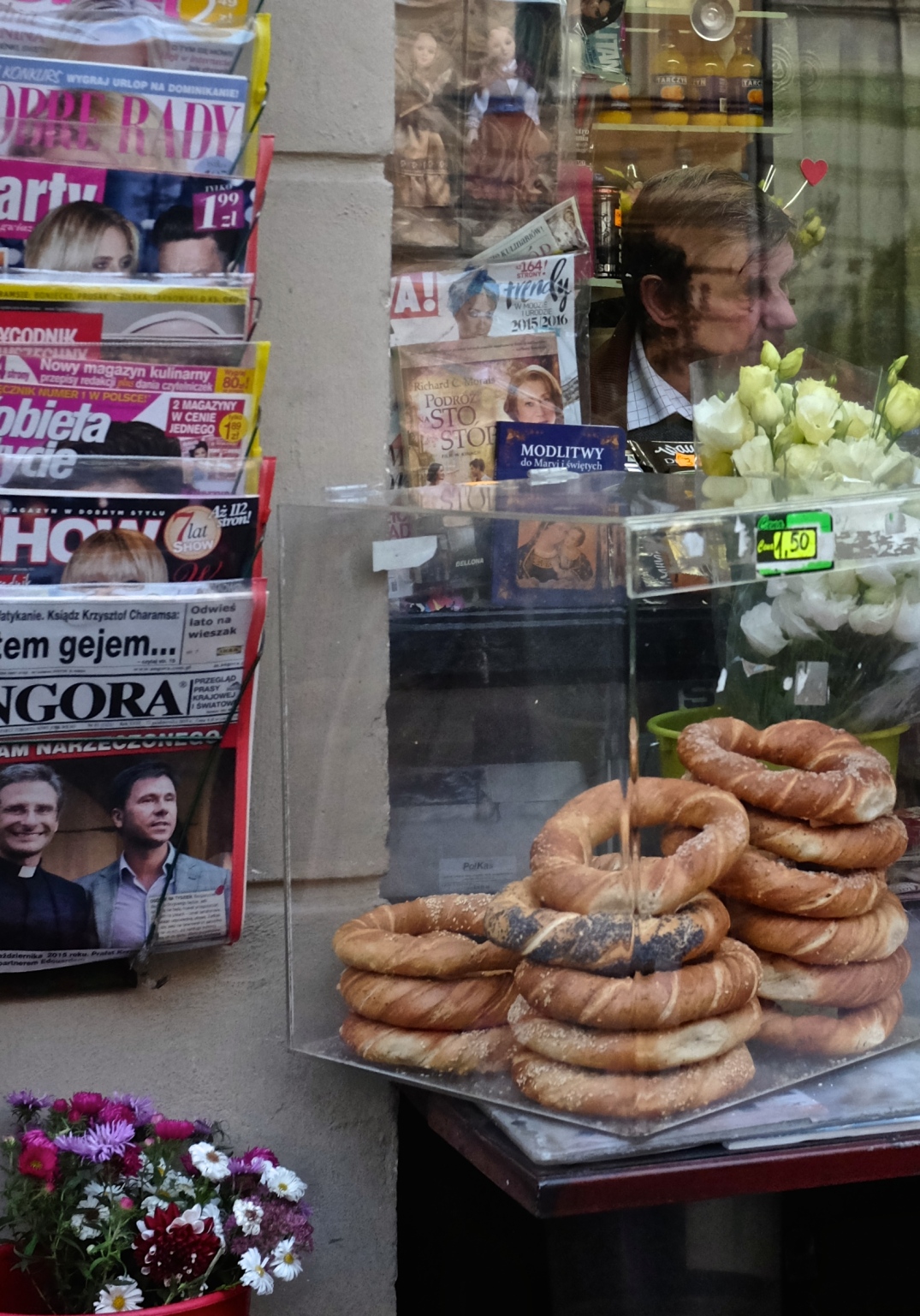





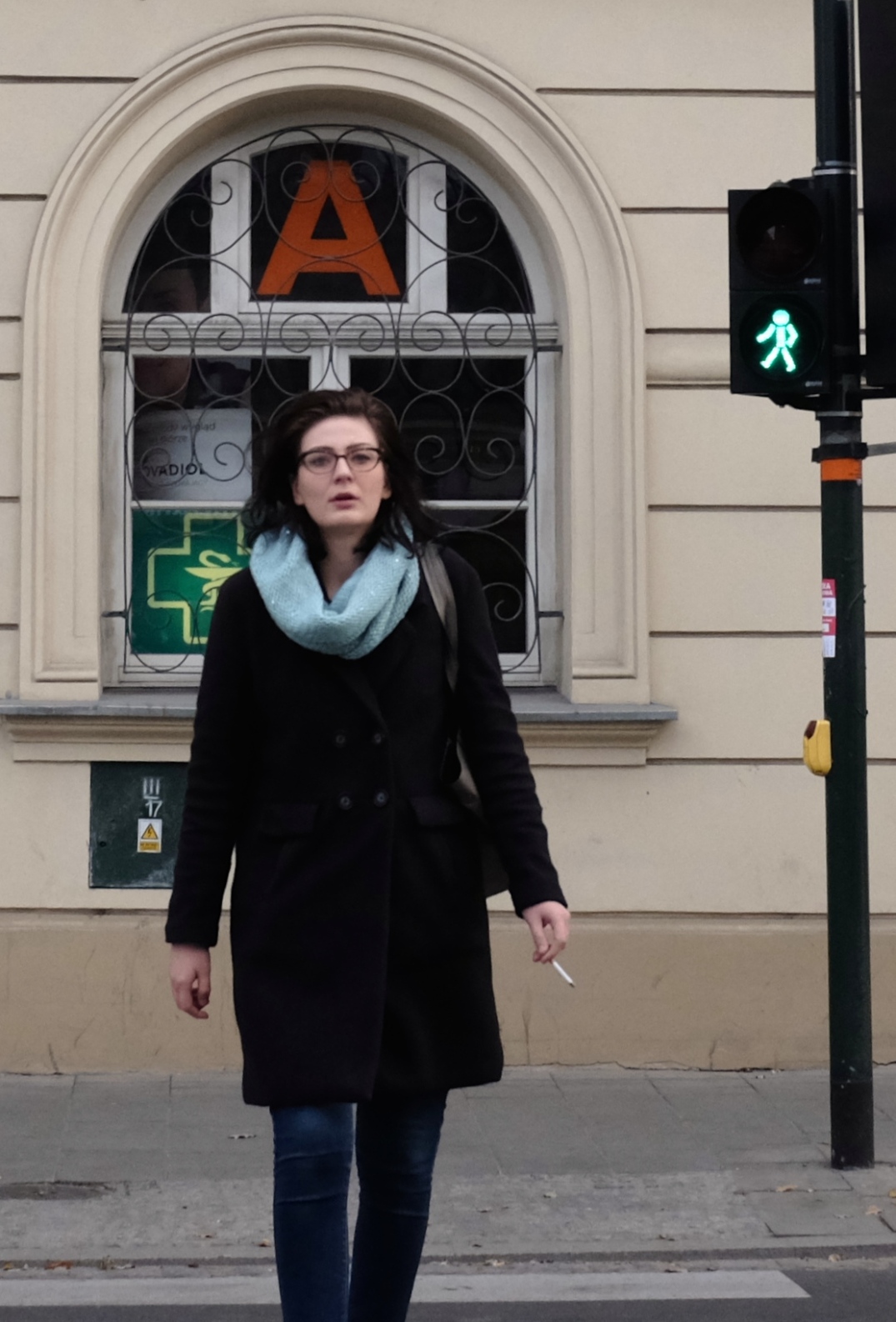


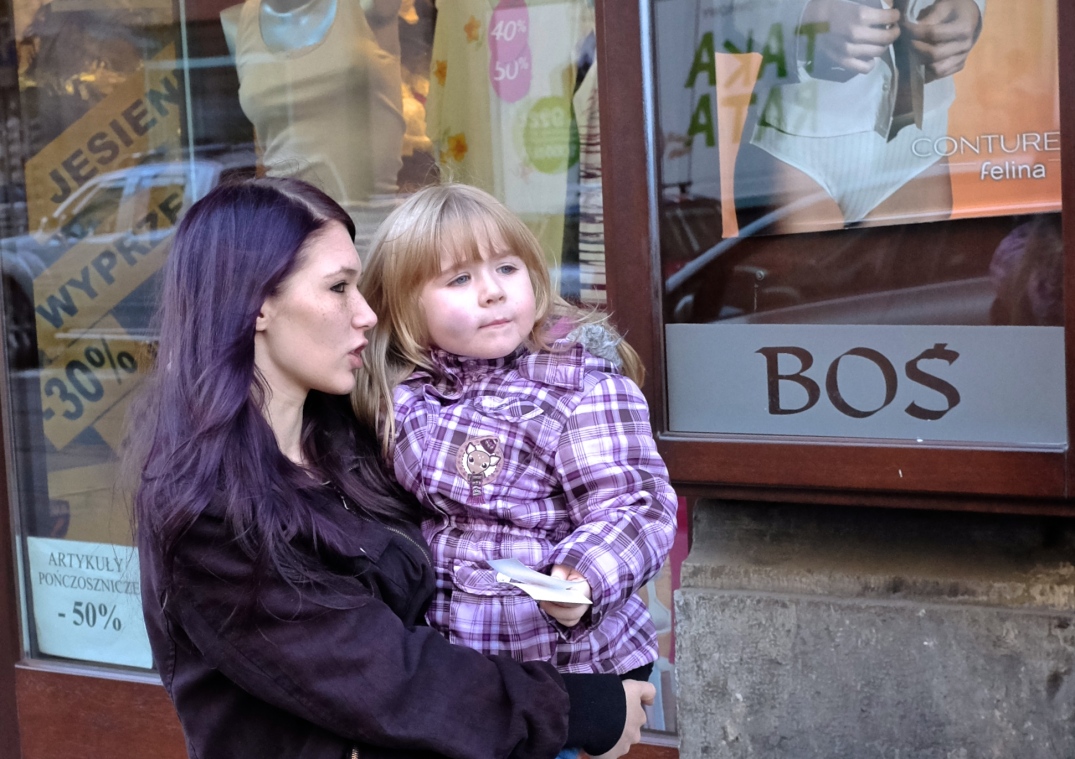

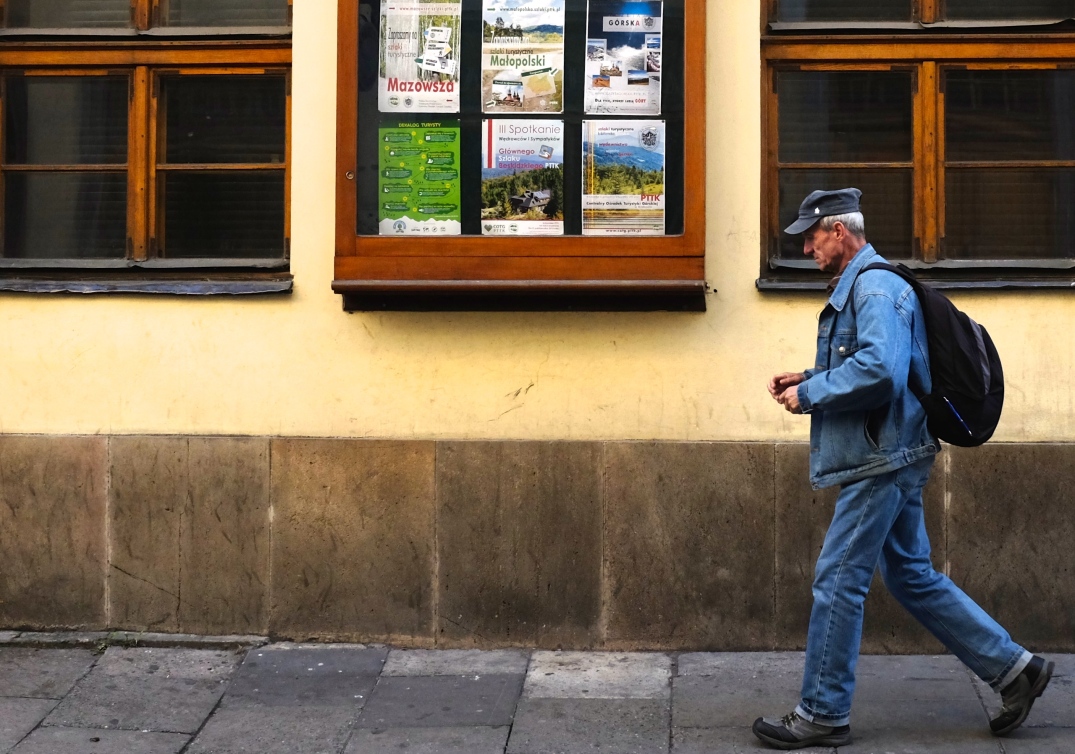




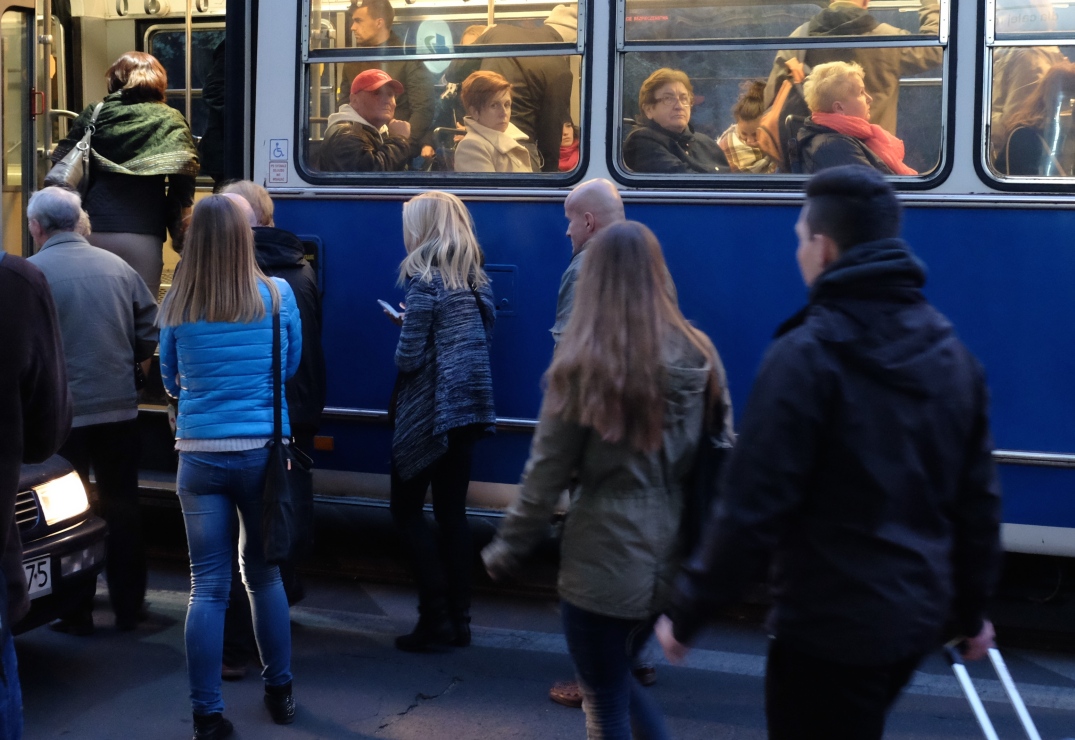
















 All pictures and words Copyright Kerk Boon Leng 2016
All pictures and words Copyright Kerk Boon Leng 2016
